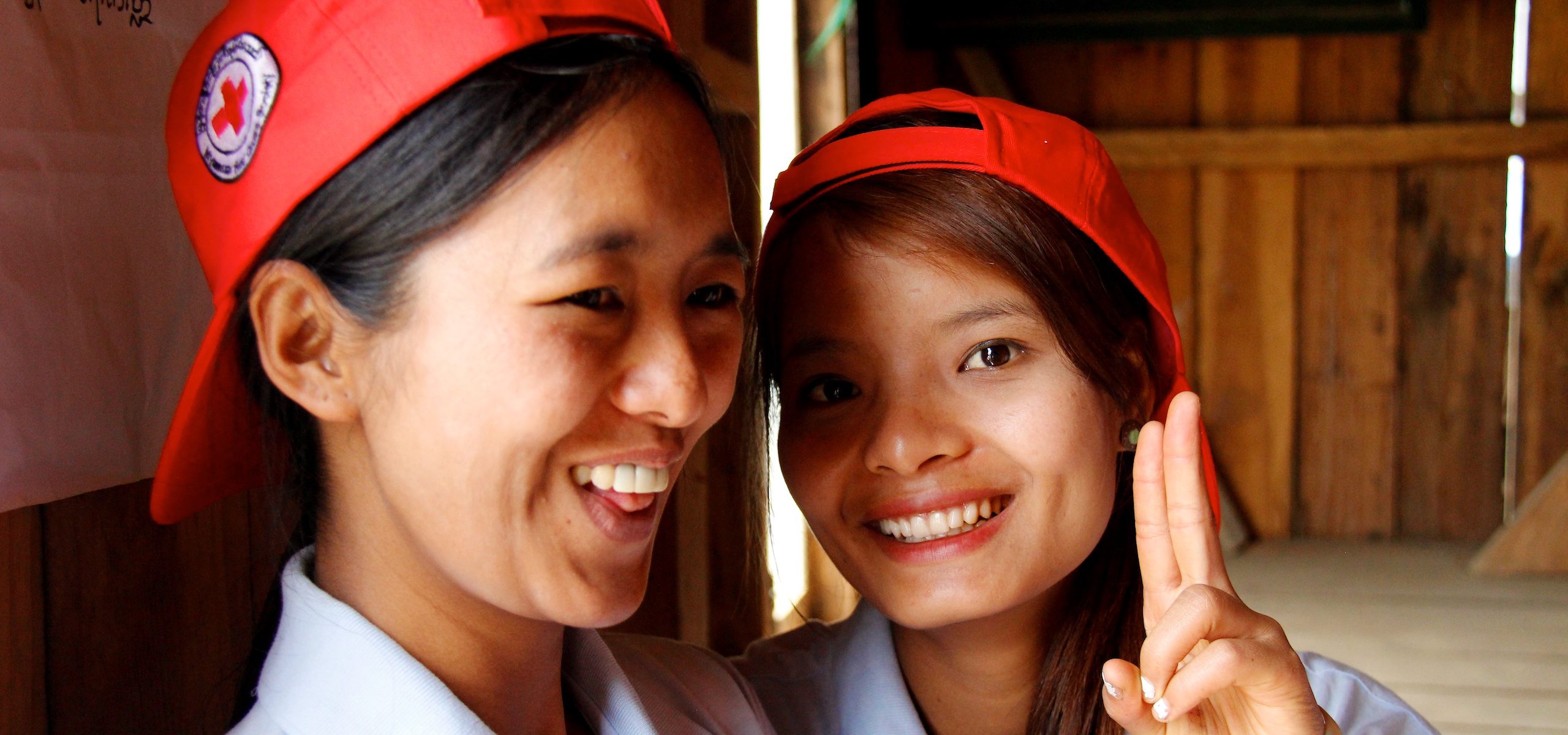Resilience
The links between resilience and the environment

The links between resilience and the environment
CARE's Resilience Marker is a tool that allows teams to self-assess how well resilience has been integrated into their work. It supports CARE members, affiliates, country offices, and partners with assessing projects, programmes and the overall portfolio.
The Early Warning Systems Toolkit is an information resource for sector practitioners, policy and decision makers which can assist in developing and/or strengthening early warning systems for hydro-meteorological and coastal hazards within the Caribbean context. The Toolkit is a compilation of guidance and operational documents in an online platform.
QSAND is a self-assessment tool to promote and inform sustainable approaches to relief, recovery and reconstruction after a natural disaster.
A study about the integration of environmental considerations in humanitarian action and recommended action to improve its effectiveness, accountability, and sustainability.
These guidelines help people in the field to understand the human rights dimensions of their work in disaster response while giving them practical examples and operational steps about how some of these seemingly abstract concepts may be implemented.
The IASC Guidelines promote a rights-based approach in situations of natural disasters by laying out operational guidelines for humanitarian responders…
WHO has conducted a Glossary that aims to enable all actors, sectors and communities to work together more efficiently. The glossary is developed to remedy the lack of standardized terminology in the field of Health Emergency and Disaster Risk Management (Health EDRM).
This study, conducted in 2020, sheds light on a variety of potentials and pitfalls of remote sensing for disaster risk analyses in fragile contexts. This topic gains importance in light of the need to formulate more systemic and better-integrated approaches to risk-informed development. Evidence-based policy recommendations encourage organizational learning and…
Download the two page annex here. Integrating environmental considerations…
The Knowledge Hub on Health and Migration is a joint effort committed to building expertise on the public health aspects of migration and making information in this area widely available. The Hub provides tool kits, training materials, reports and schooling to better prepare for the health needs which arise during…
The Brookings Bern Project on Internal Displacement paper discusses differences and similarities in the protection of people affected by natural disasters and by conflict, delineates some of the obstacles to effective protection, and describes a framework for protection response, the Inter Agency Standing Committee's Operational Guidelines on Human Rights in…
A Wetlands International report on the situation of wetlands and human migration in the Sahel.
A UNHCR publication covering topics such as the impacts of climate change on displacement, climate change, armed conflict as well as the role and challenges of the work of UNHCR.
Challenges for Concerted International Actors - A White Paper directed to the United Nations and International Organizations.